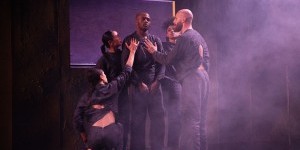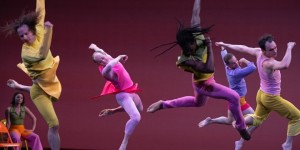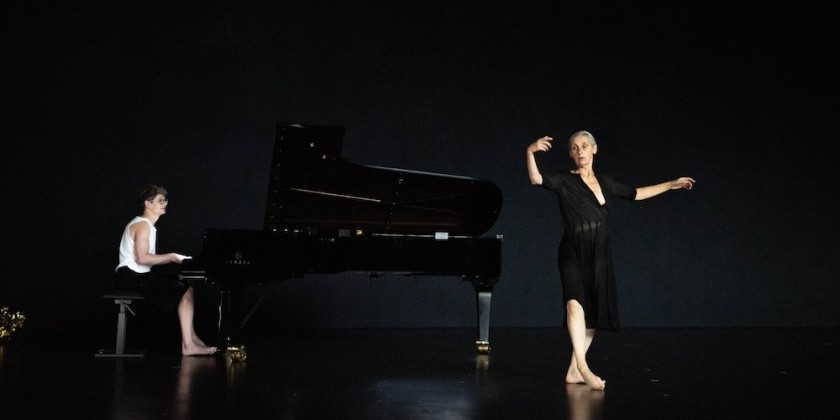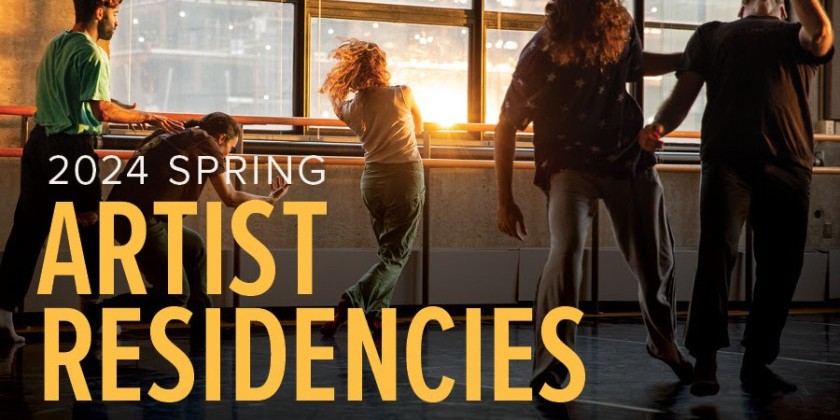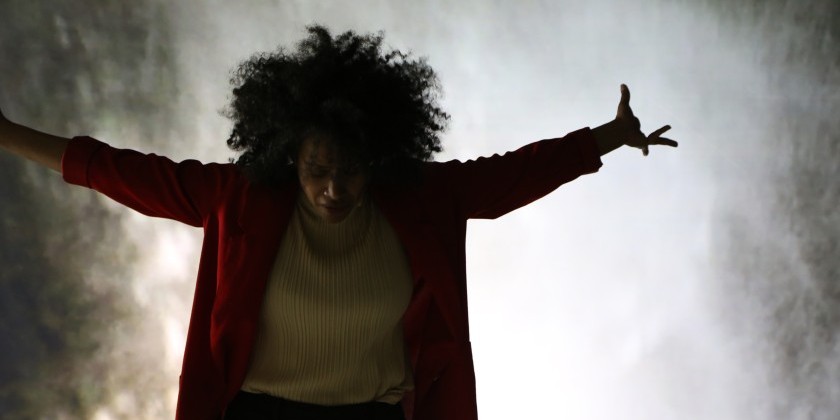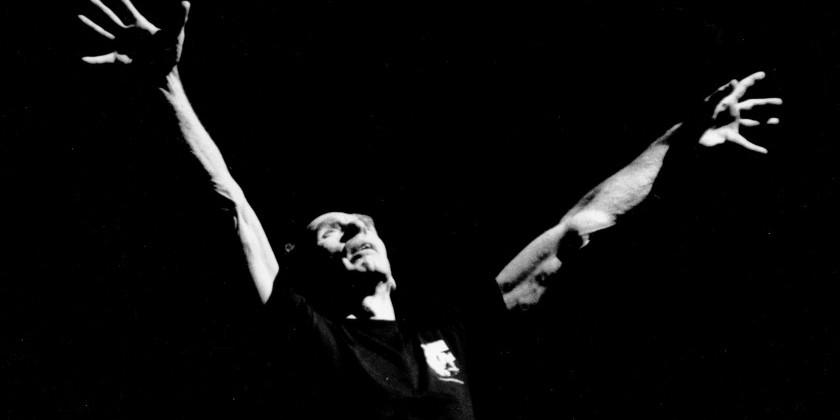IMPRESSIONS: Israel Galván in "SOLO" at Baryshnikov Arts Center
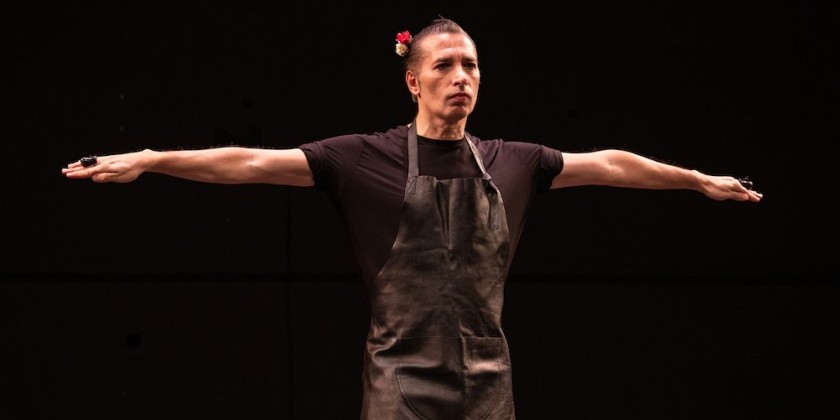
Israel Galván and his "Duende"
As a Flamenco lover and ex-Flamenco dancer in my native Argentina, I have watched multiple videos and documentaries about Israel Galván over the years, but experiencing his work in-person was mesmerizing; so mesmerizing that instead of attending only one night as I originally planned, I had to go back for the second show.
El baile of the Flamenco dancers is a sensuous display of fluid motion, stylized and yet highly personal, involving movement of the arms (braceo)and upper torso; hand and finger movement (florea); footwork (zapateado); and heel work (taconeo); which are often displayed in long solo passages (solea). To master the “zapateos” (footwork) takes constant technical practice. Emotionally speaking, this is an inner monologue expressed from the personal world of each bailaor (dancer) to the audience. Their mission is to “Saca a fuera lo de adentro” (Bring out what is inside).
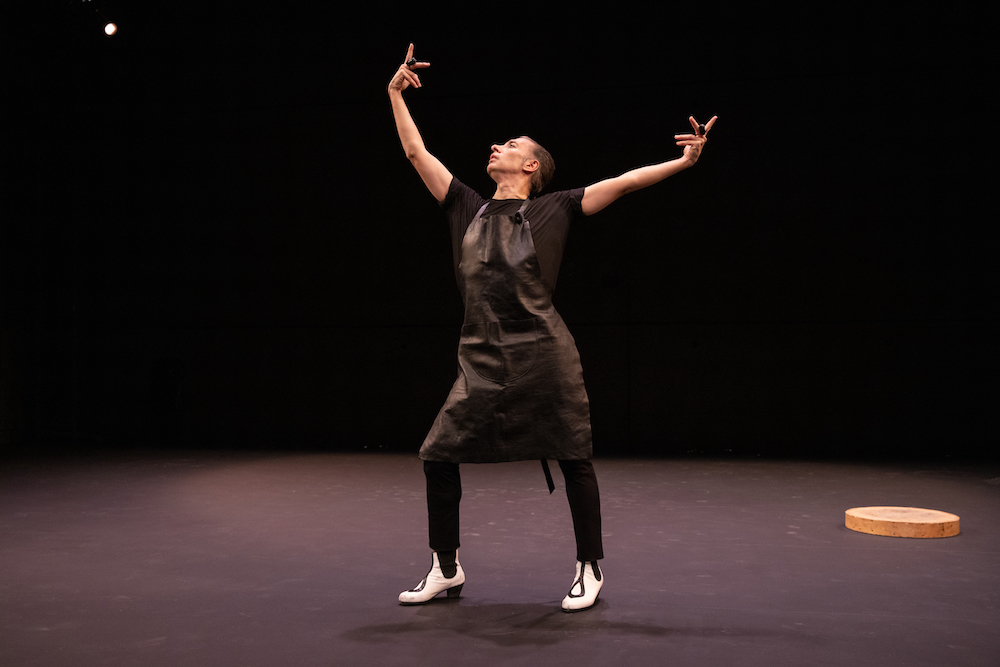
Born in Seville in 1973 to parents considered Flamenco royalty— his father, Bailor José Galván, the creator of one of the most prestigious Flamenco schools in Seville, and his mother, Eugenia de los Reyes Bermúdez, a star dancer — Galván was performing and winning prestigious awards even as a child. Uniquely, his mastery arises not only from his family experience and deep understanding of the form and techniques of Zapateado, but also from his singular ventures beyond tradition, where he questions and often controversially pushes the boundaries this art.
Restless, like many artists, he needed to break with the mold of his past to find his own voice. He’s traveled the world in search of understanding his identity both as an artist and a Sevillano. At first, Flamenco traditionalists didn’t take to his experiments. Many found them to be a betrayal of heritage. His “Lo Real” in 2013, created to honor the memory of the victims of the Holocaust, produced such strong expressionistic images of death, grief and suffering that much of audience at it’s premiere in Madrid, were shocked and disgusted. As the saying goes, no one is a prophet in their own land. But, all of dance, not solely Flamenco, is Galván’s language and his choreography and collaborations with such artists as Akram Khan, have given him agency. To date, he has won Critics' Circle National Dance Award : Special award for exceptional artistry; Medalla de Andalucía; National Dance Awards (UK); Ordre des Arts et des Lettres (France)and a Bessie (US) in 2012.
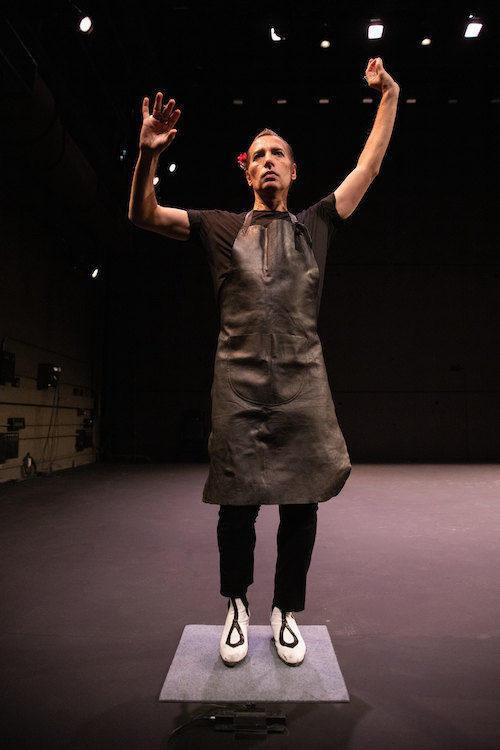
Traditionally, Flamenco is improvisational, yet on the first night of SOLO, I could see the that the show was choreographed to the last detail. I was also fascinated to see a different duende each night. The first night was dark, even nostalgic, the second was brighter, bombastic, and playful — highlighting Galván sarcastic and ironic sense of humor.
Always dressed in black, Galván covers himself with a leather apron, referencing the traditional trades of the gypsies/gitanos (the Romani culture in the south of Spain from which Flamenco sprung) which are boilermaking and black smithing. The rhythms of the hammers on the anvil, together with the snorting and bellows of the forge, were historically incorporated into the sounds of Flamenco.
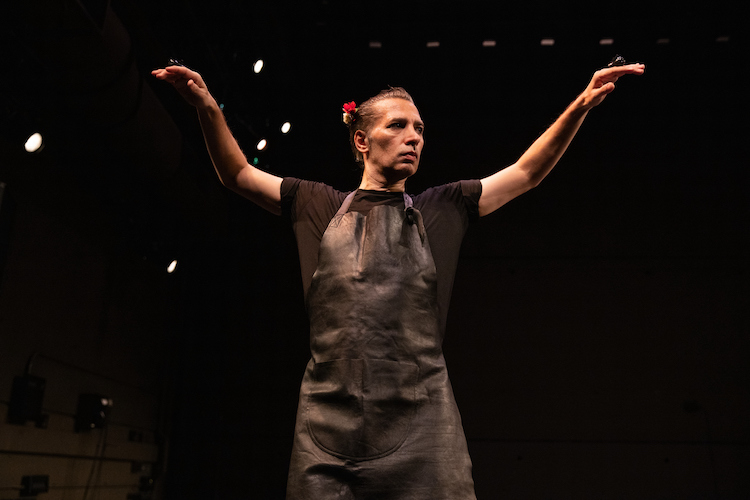
His body, a vessel, channels “el duende” (God’s grace). At the beginning of the show, it feels as if Galván is dancing with ghosts, calling up imaginary rehearsals or perhaps memories of a younger self taking dance classes. Like a jazz musician, he quotes himself, riffing with sections from his other shows, evoking the creative process. I immediately noticed his "Rite of Spring," being referred to.
With double-entendre intended, he puts both hands in the front pocket of the apron, touching himself, and takes out a little flower with a clip (like the ones that all flamenco female dancers use in their hair) to pin to his head. He pulls out a minuscule pair of castanets, and finally, produces a tiny red square of fabric simulating a bullfighter’s cape. In between these actions he whispers to us in Spanish, lines from “Que también es de Sevilla" by Manuel Pareja-Obregon.
Seville has a thing
that only Seville has,
that only Seville has,
moon, sun, flower and mantilla,
a laugh and a pity
and the Virgin Macarena
who is also from Seville…
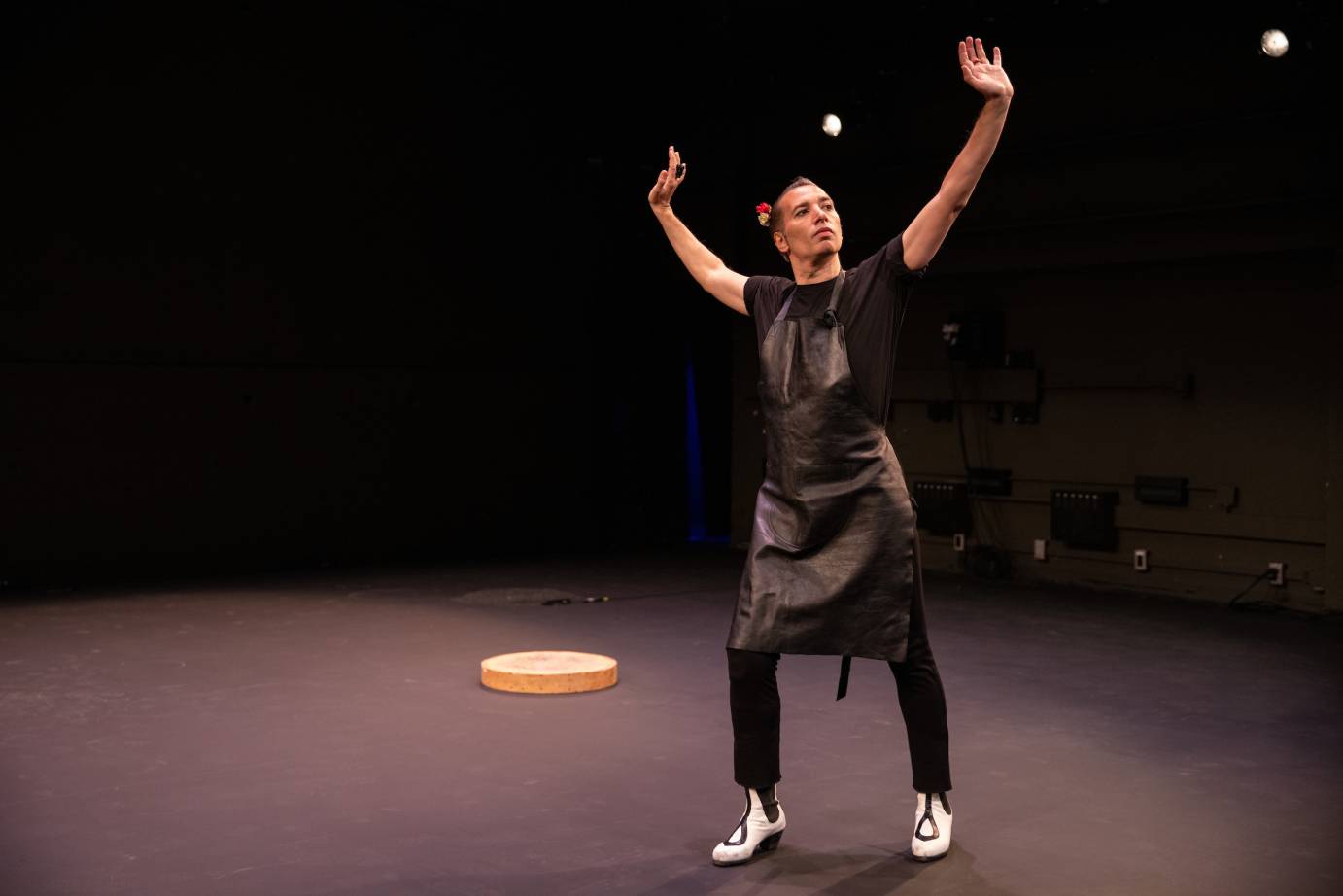
In SOLO Galván turns his powers of observation and humor on himself and his origins. His abstract rhythms, which move with the exactitude of a Swiss clock, his emotive gestures, and his satire all comment on his identity as a Sevillano. Even his mockery expresses a deep love for his heritage. The generosity of his performance coupled with the form and construction of SOLO as a contemporary dance piece is a testament to how we, as contemporary artists can find our individuality, in ancient forms of folk dance.
Of course, I had to meet the man after the show and luckily no one stopped me. He mentioned that in this phase of his career (he turns 50 this year) he is reaching for ultimate precision. He is obsessed with it. Among other things, he is interested in recording a soundtrack of his work so that people can listen to him without even seeing him dance! It’s this radical curiosity and desire to connect that make his work revolutionary — and necessary.






